Hybrid Bayesian Inversion Applied to Hydrogeophysical Interpretation of Single-Time 2D ERT Data,
Revista : Geophysical Journal InternationalTipo de publicación : Publicaciones WOS sin afiliación UC Ir a publicación
Abstract
Estimating quantitati ve hydro geolo gical information from geophysical data sets remains a key challenge in h ydrogeoph ysics, driving the development of innovative inversion methodolo- gies. Among these, coupled h ydrogeoph ysical inversion (CHI) is a promising approach that integrates hydrological and geophysical modelling to improve hydrological property estima- tions from geophysical observ ations. Howe ver, most CHI applications focus on time-lapse geophysical data sets, while applications using single-time geophysical data sets histori- cally far more common in hydrological studies remain scarce. Moreover, CHI also depends on petrophysical relationships, whose accurate calibration is challenging, leading to uncer- tainties that significantly affect CHI results and must be accounted for. This work proposes Hybrid Bayesian Inversion (HBI) to implement CHI using single time geophysical data set, which considers coupled h ydrological-geoph ysical modelling constraints and petrophysical relationships, including several calibration uncertainties. HBI is based on solving the hybrid decomposition of subsurface geophysical properties. This decomposition is derived as the sum of the groundwater model, directly predicted by coupled geoph ysical-h ydrological mod- elling, and the background model, which accounts for the residual geophysical properties not predicted by coupled modelling. The groundwater model is formulated as a stochastic model characterized by probability density functions (PDFs), which enable the deri v ation of estimations for posterior conditional PDFs of hydrological and geophysical properties. In contrast, the background model is characterized only by estimating its values (e.g. using maximum likelihood estimators) and its PDFs are not determined. The hybrid decomposition in HBI is solved using the Expectation-Maximization algorithm. This approach divides the iterative solution into sequential steps of Bayesian inversion (E-step) and classic least-squares geophysical inversion (M-step). This formulation allows Bayesian inversion, which is compu- tationall y intensi ve, to focus onl y on rele v ant v ariables linked to hydrolo gical conceptualization (Groundwater model), while classic least-squares geophysical inversion is used to solve the remaining variables (Background model). The HBI methodology was tested using 2-D electri- cal resistivity tomography (ERT) synthetic and experimental data from an unconfined aquifer. In these examples, ERT modelling is integrated with saturated groundwater flow modelling through uncalibrated Archie and CK (electrical conductivity to hydraulic conductivity) petro- physical relationships. Results indicate that even with significant calibration uncertainties in petrophysical relationships, HBI can recover valuable information regarding water table and w ater conducti vity what is not directl y deri v able from classic least-squares inversion results. Additionall y, results deri v ed from e xperimental data show that HBI can be an ef fecti ve method to discriminate between low resistivity caused by fine-grain content and the water-saturated zones.




 English
English
